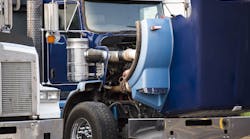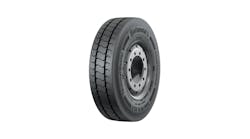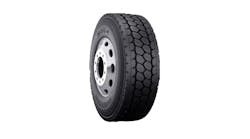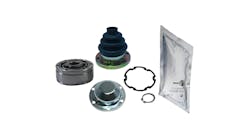I just heard that the Federal Motor Carrier Safety Administration (FMCSA) is going to conduct a survey focusing on the connection between vehicle maintenance and safety. The agency says it wants to develop a definition of systematic maintenance because FMCSA thinks the term is not well defined.
The Oxford Dictionary defines systematic as “done or acting according to a fixed plan; methodical.” That seems like a very clear definition of the word, and I think fleets should apply that definition to their maintenance wherever that maintenance service is completed.
To me, systematic maintenance is maintenance service that is done on a regular and ongoing basis. There is no “one and done” when it comes to vehicle maintenance. It is important to note here that the systematic maintenance schedule needs to be set on a truck-by-truck basis.
Most fleets have trucks of various ages and ones that operate in different duty cycles or over differing types of terrain, so the specifics of maintenance service will vary in terms of how often a truck is brought in for maintenance and what maintenance procedures are performed during those service appointments. For example, you may be able to allow more time between oil and filter changes for newer assets than for older ones. That does not mean your maintenance program is not systematic.
When it comes to PM compliance and making sure that each and every truck gets into the shop for each and every scheduled maintenance service, I think some fleets deviate from the systematic approach. Getting the trucks in at the scheduled maintenance time can sometimes be challenging due to the delivery schedules to your customers.
However, I believe there is a direct correlation between a well-maintained vehicle and a safe vehicle. When a piece of equipment is in for scheduled maintenance, technicians get the chance to inspect everything and often spot developing problems with brakes, tires, hoses, clamps, etc., and can fix them before the truck goes back out on the road again.
The best time to evaluate your PM compliance percentage is now, keeping in mind that 100% compliance is the goal and should improve your fleet’s overall safety.
Gino Fontana, CTP, is COO and EVP at Transervice Logistics Inc. Prior to this, he was VP of operations at Berkeley Division and Puerto Rico. He has more than 35 years of experience in the transportation and logistics industry with both operational and sales experience.
This article originally appeared on FleetOwner.com.



